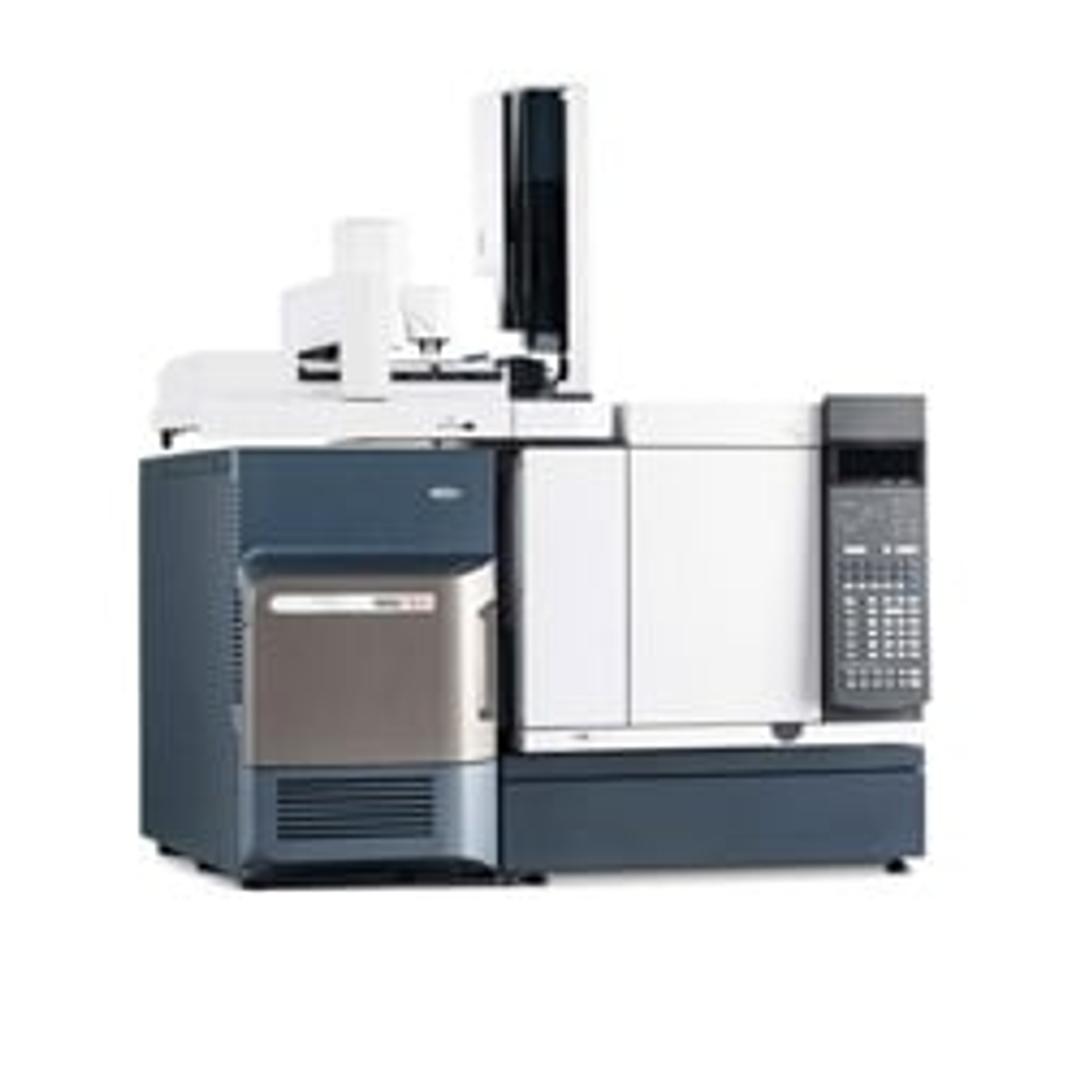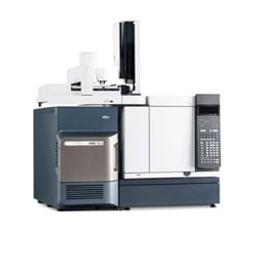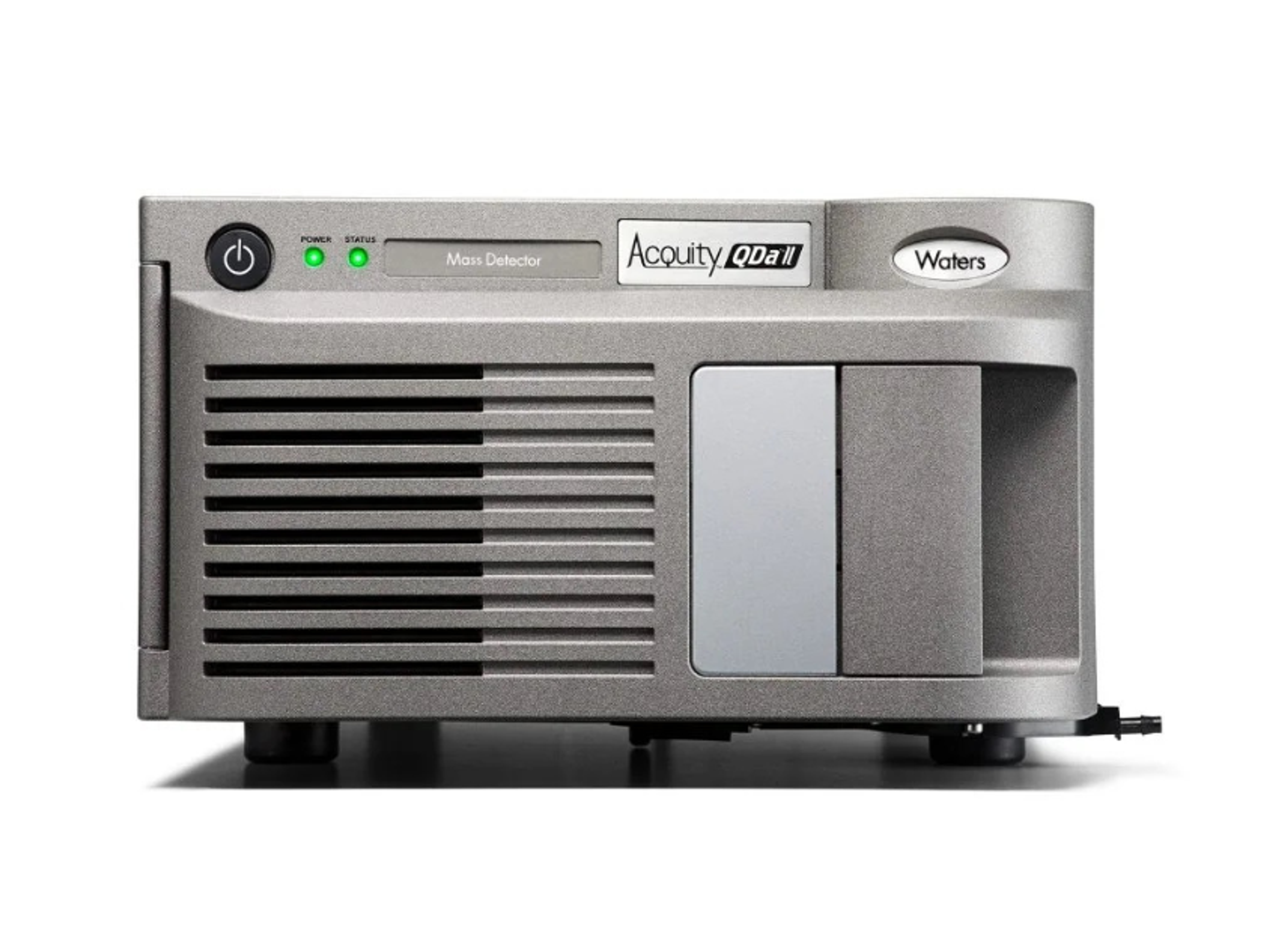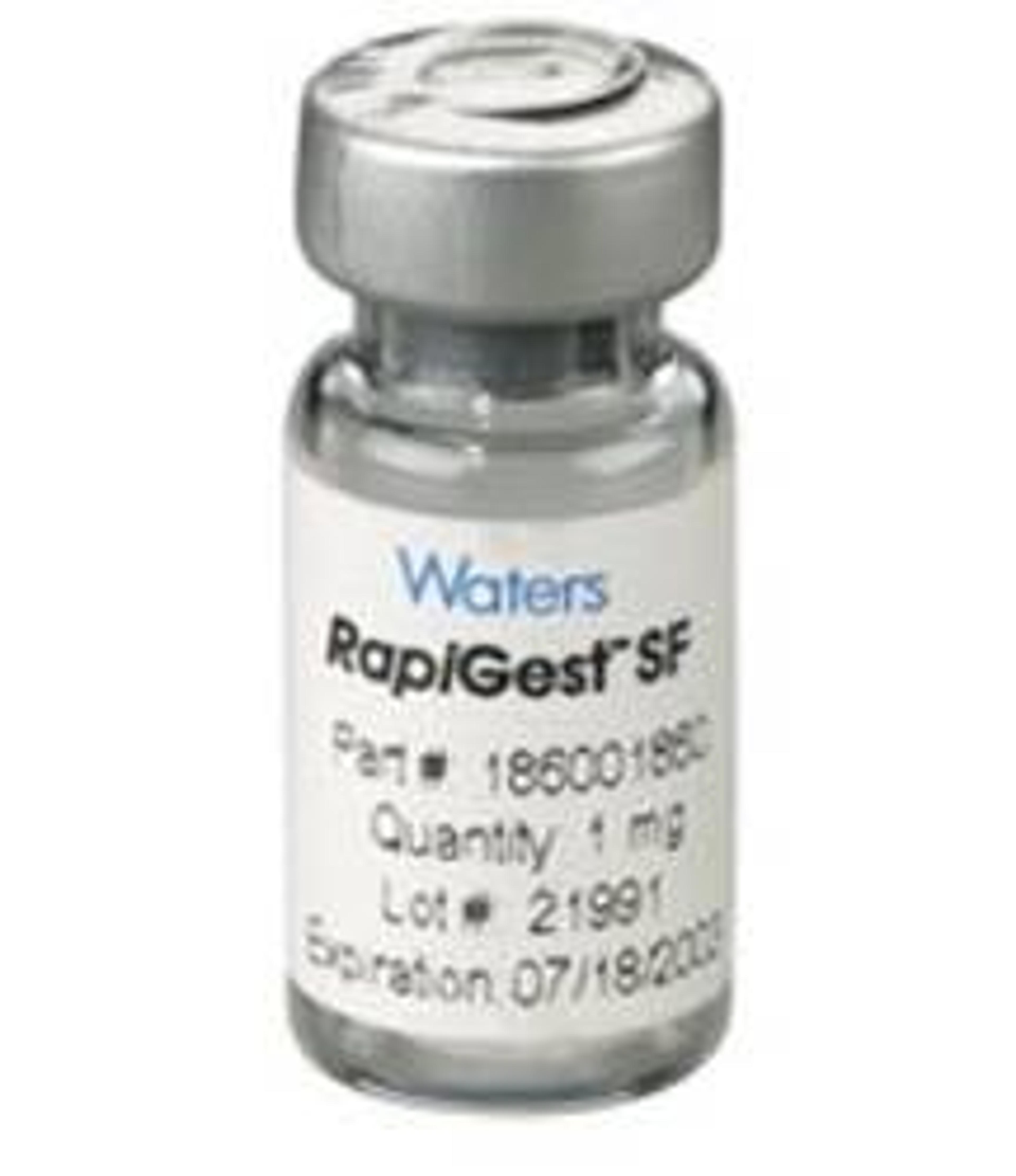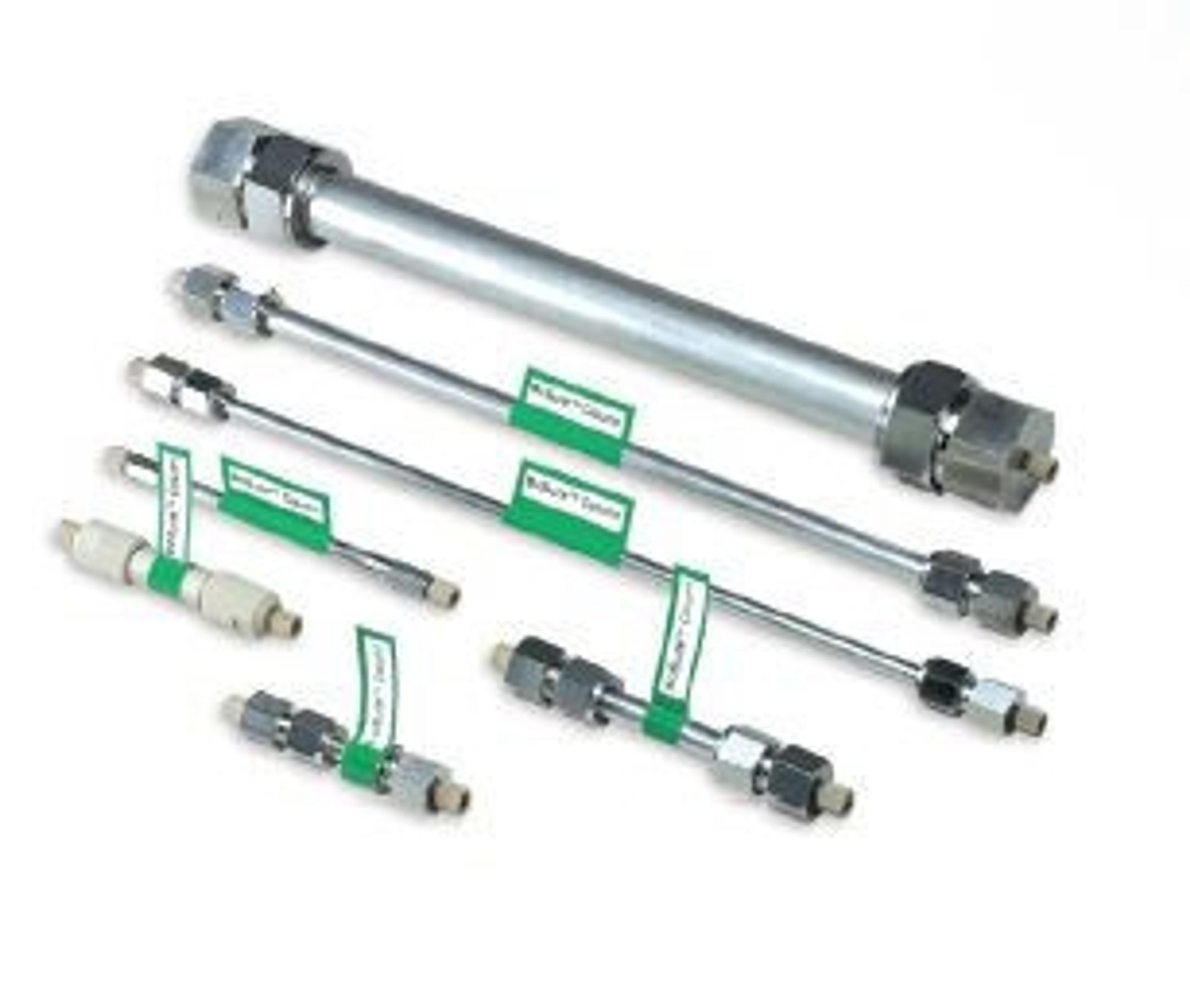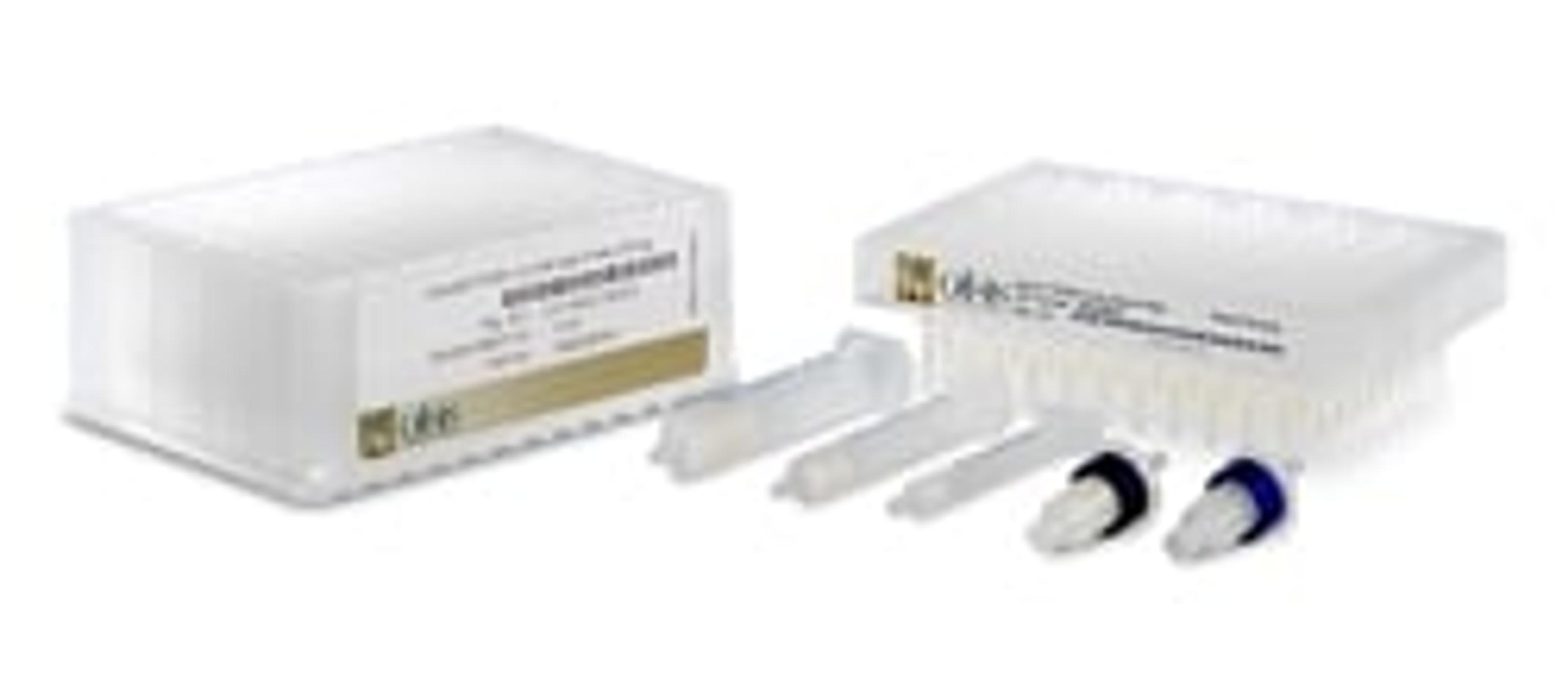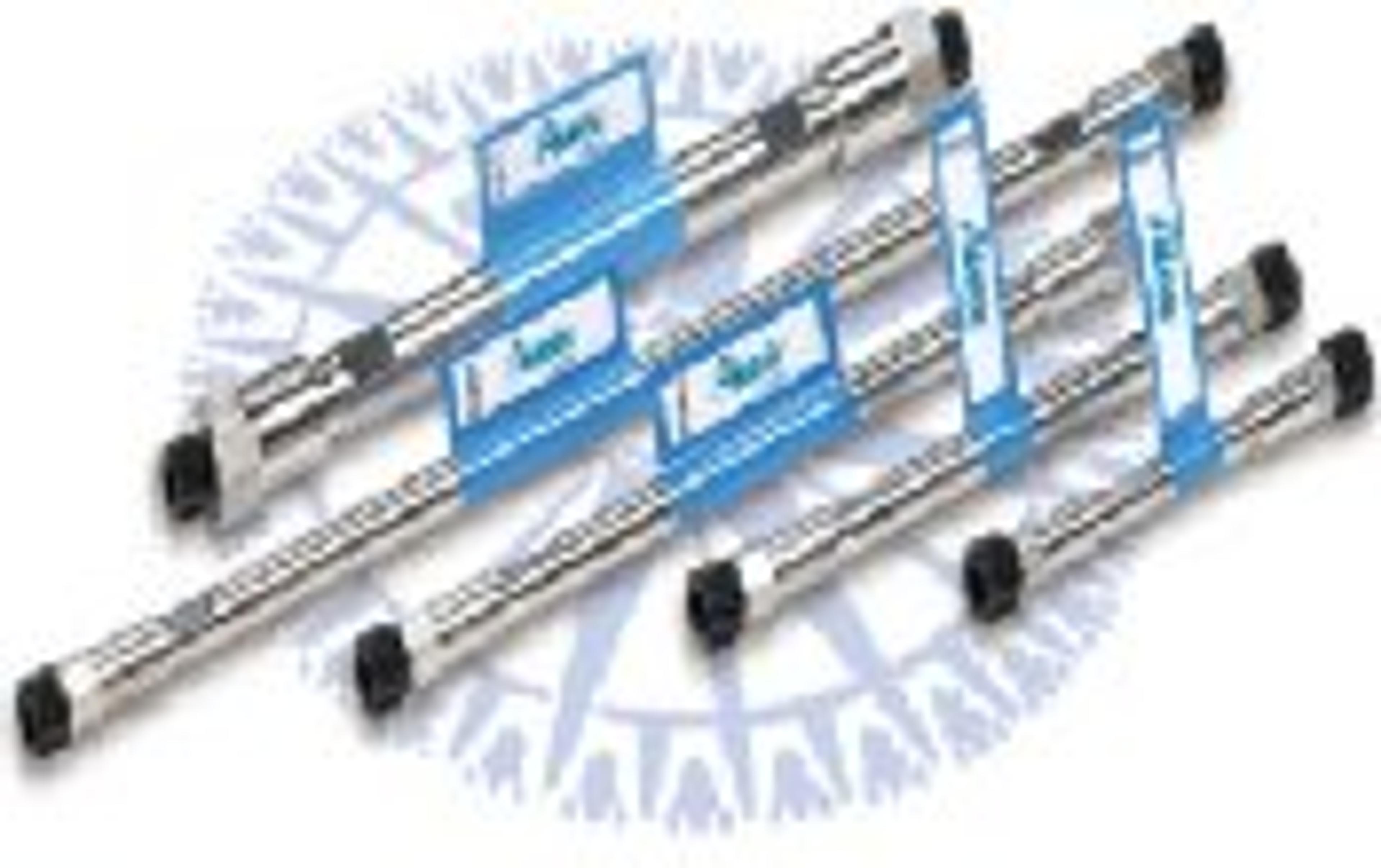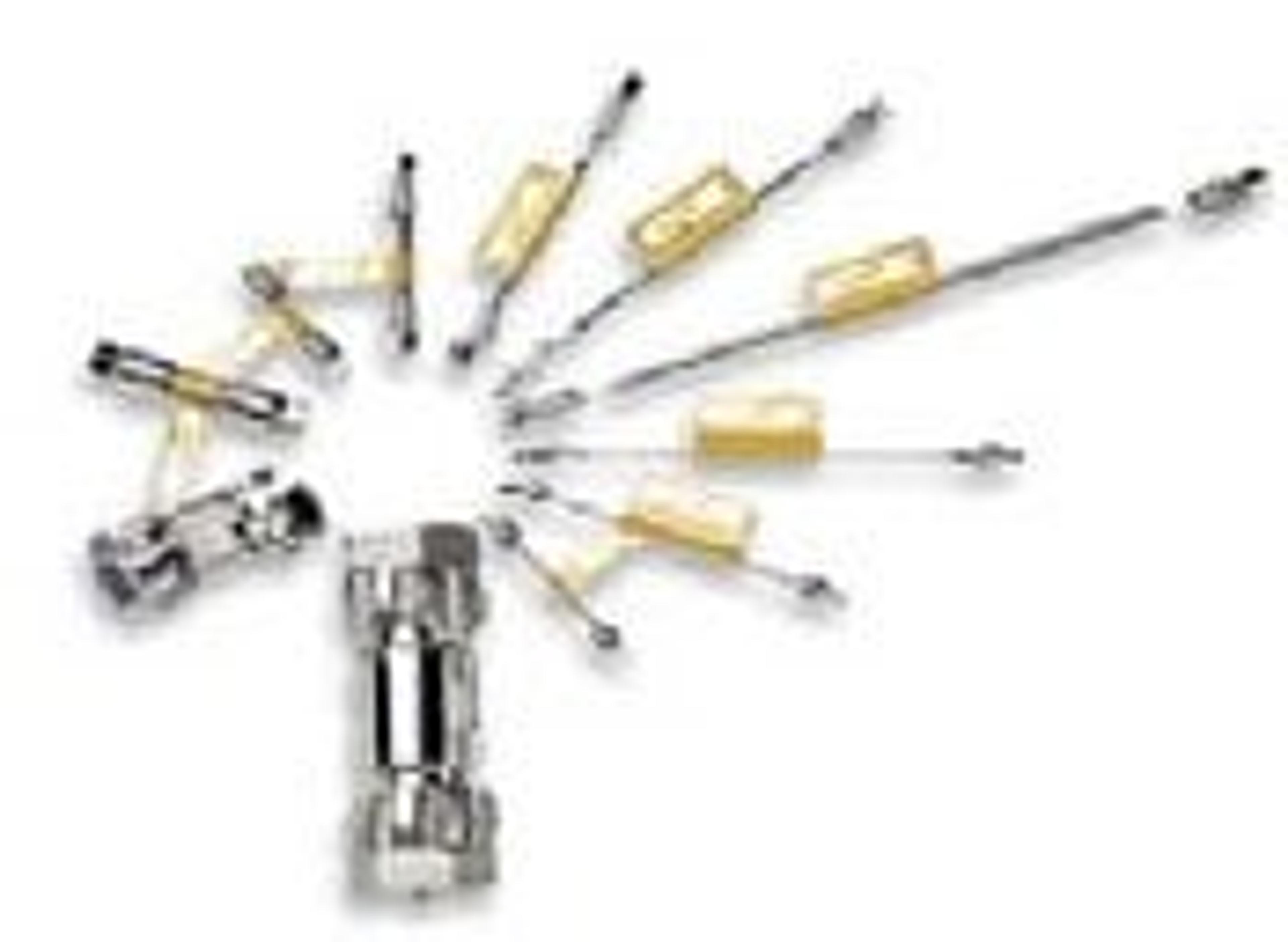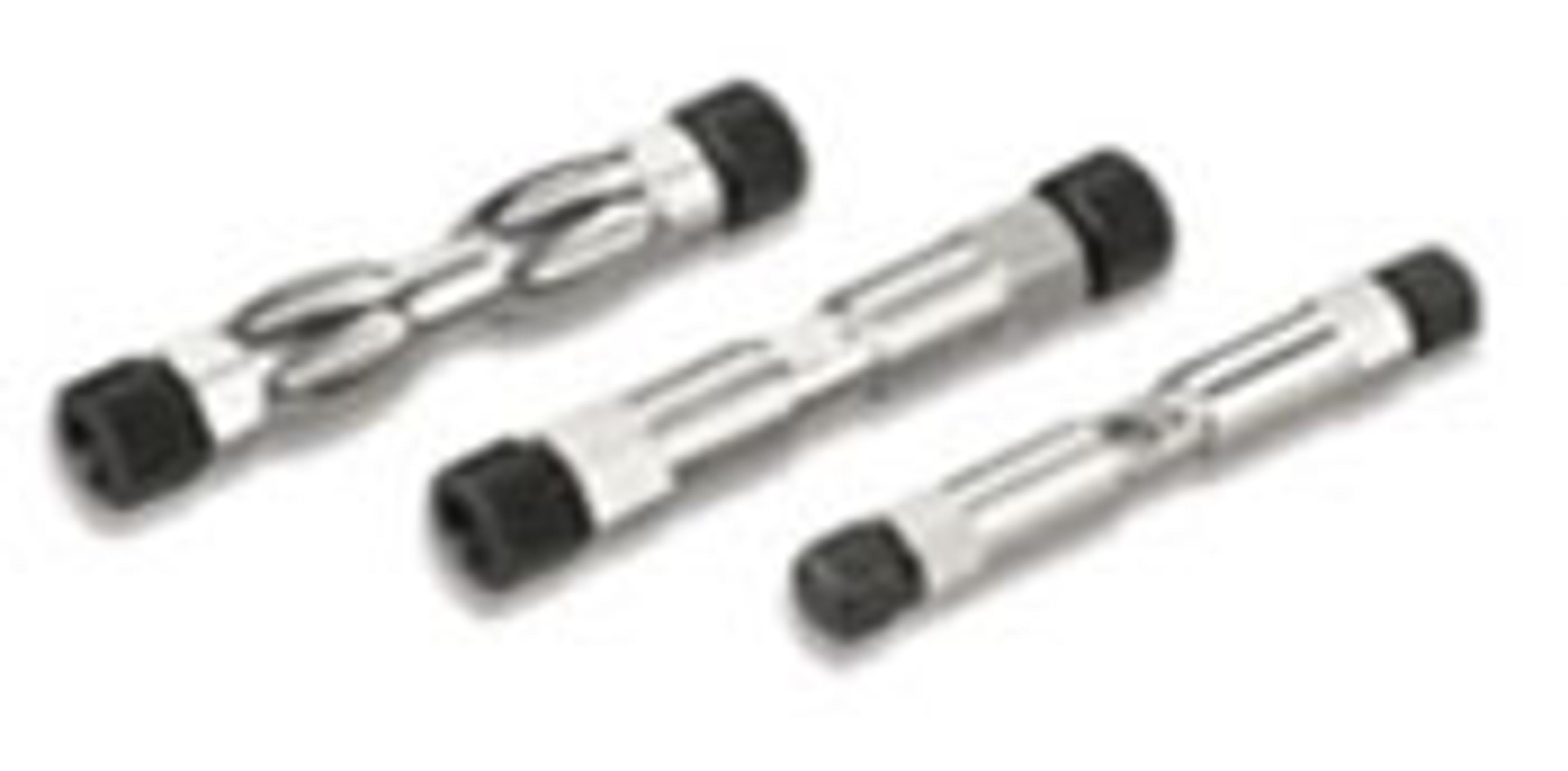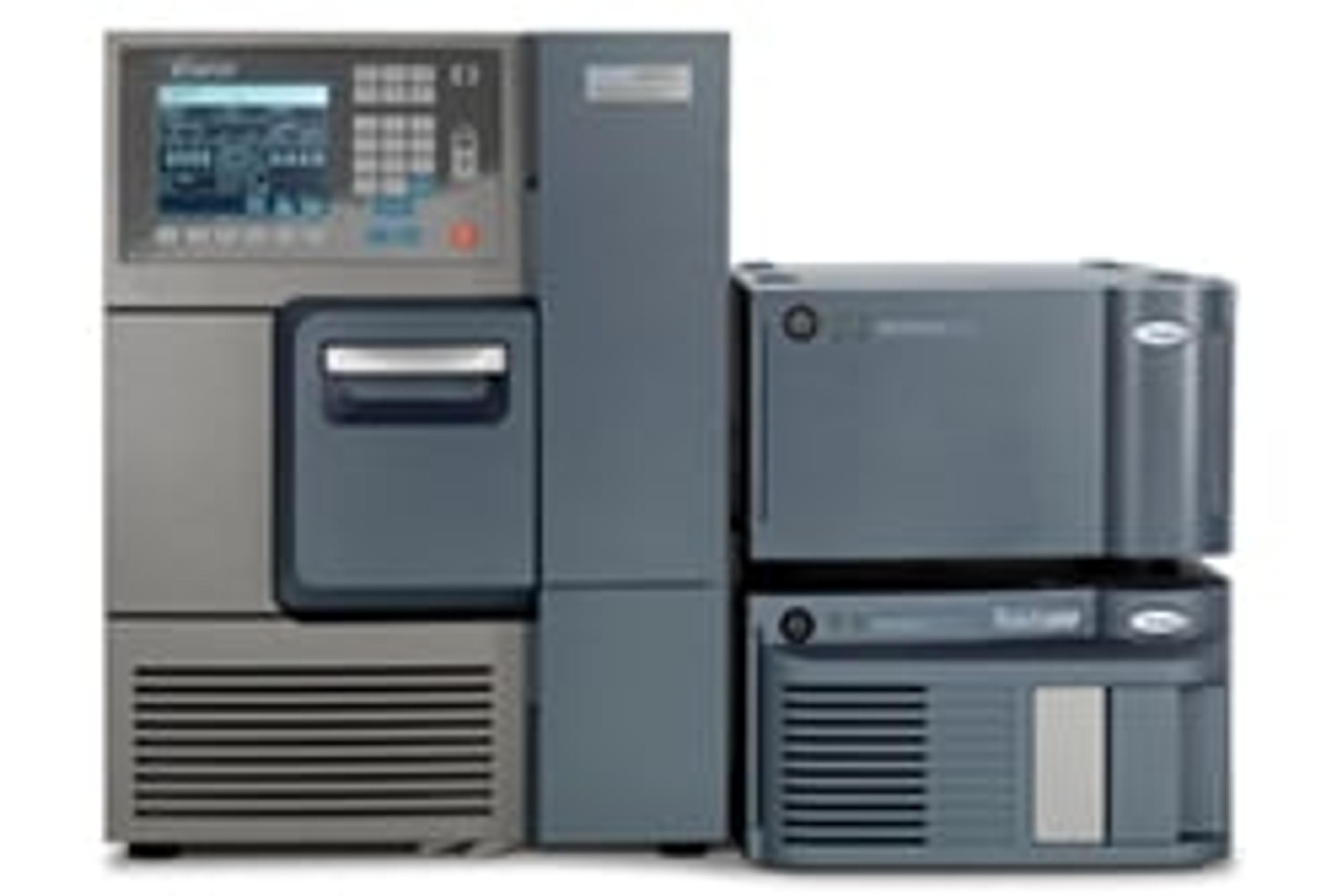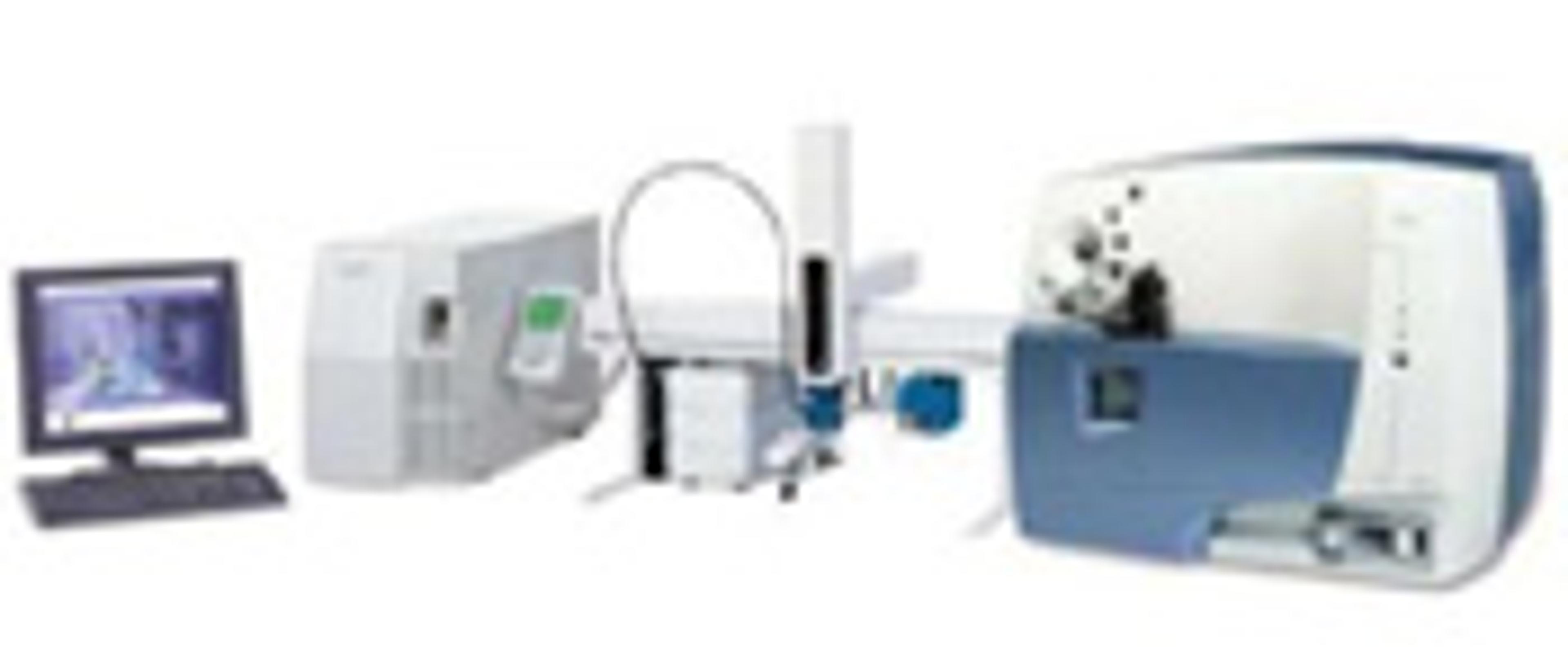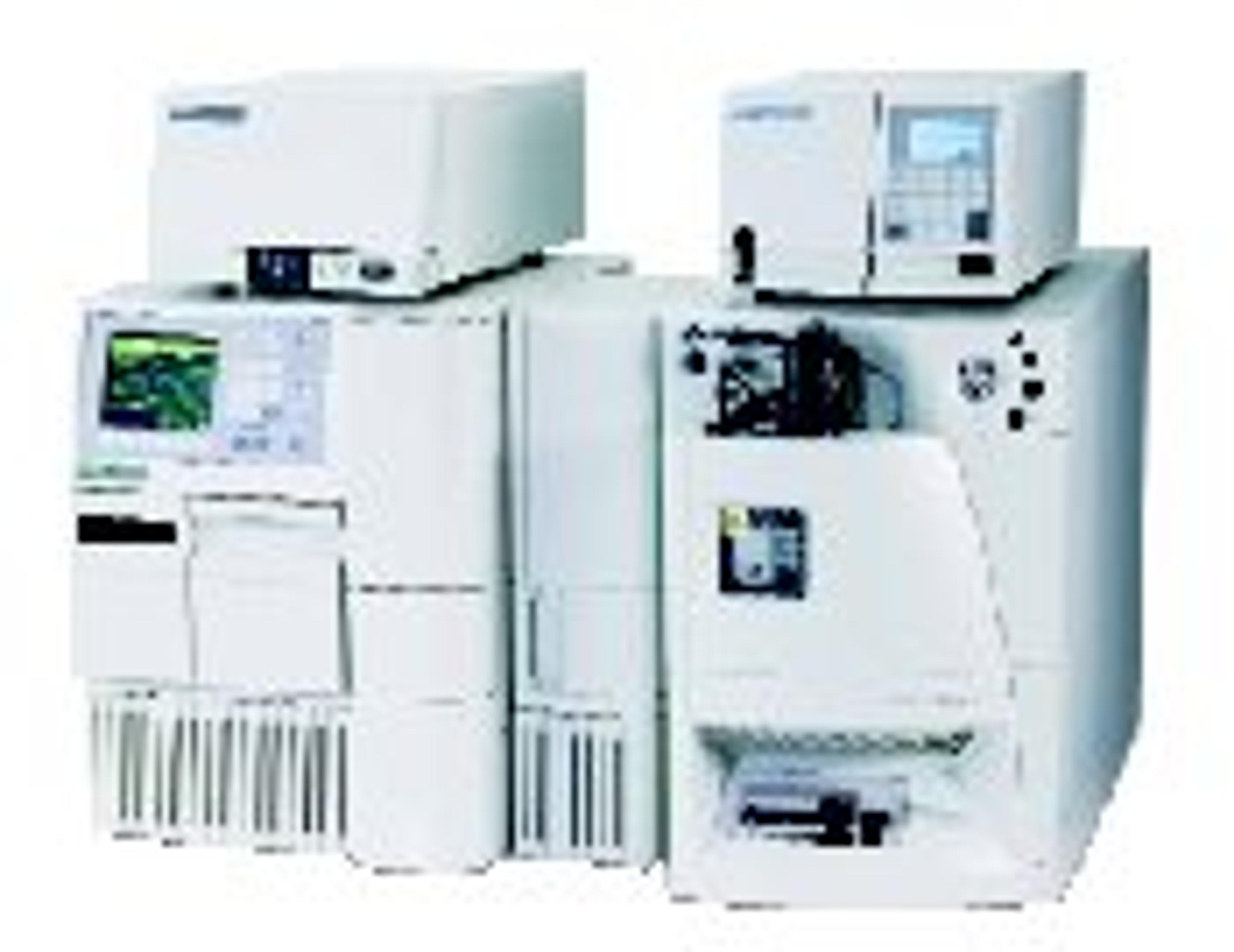2489 UV/Visible Detector
The 2489 UV/Visible Detector is a versatile, dual-wavelength absorbance detector for HPLC. This detector offers the high sensitivity required for routine UV-based applications to low-level impurity identification and quantitative analysis. The 2489 UV/Visible detector’s extended linear range of 2.5 AU makes for easy quantitation of both major and minor components in the same run. You can also simultaneously monitor absorbance…
Great product from Waters. Using for years on and on....
Pharmaceuticals and chemical substances
The detector is extremely sensitive to detect even trace level impurities. Compact in size and very rugged for routine use.
Review Date: 20 Feb 2019 | Waters
It's efficient and is not expensive
Analyze drugs in a third authorized laboratory
This detector is very efficient. It has a long duration, we haven't find any trouble using it carefully. In all the chromatographs we give some maintenance of maximum once a year, because of bad practices when the mobile phase is not filtered. It Is very resistant and we can buy some parts at an accessible price.
Review Date: 25 Sept 2018 | Waters
The 2489 UV/Visible Detector is a versatile, dual-wavelength absorbance detector for HPLC. This detector offers the high sensitivity required for routine UV-based applications to low-level impurity identification and quantitative analysis.
The 2489 UV/Visible detector’s extended linear range of 2.5 AU makes for easy quantitation of both major and minor components in the same run. You can also simultaneously monitor absorbance at two user-selectable wavelengths for more information per run.
Operating as a stand-alone or as an integral component of Waters HPLC Systems, the 2489 UV/Visible detector will enhance the productivity of your chromatography laboratory. It offers a wide range of flow cell options and integrated features:
• Enhanced sensitivity via patented TaperSlit™ flow cell, which channels light through the cell for better energy throughput while minimizing RI effects
• Low noise performance (<5 µAU)
• Flexible sampling rates, from 1 to 80 Hz, for normal and fast LC separations
• Independent optimization of high-speed data rates and filter time constants allows for the accurate integration of narrow, sharp peaks
• Enhanced thermal wander management reduces baseline wander due to fluctuations caused by ambient conditions
• Accessible detector components for easy operation and maintenance

